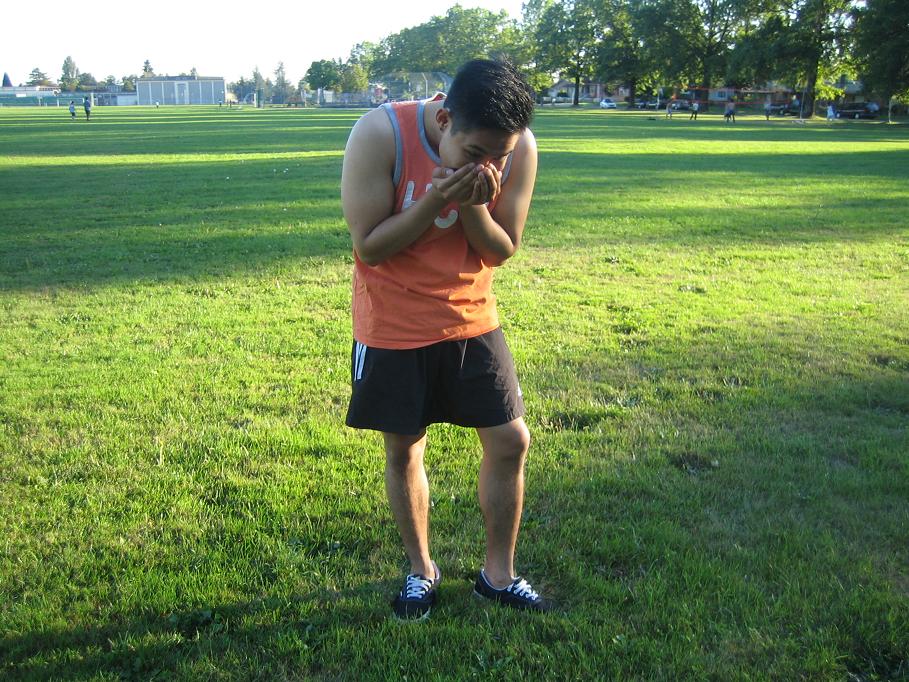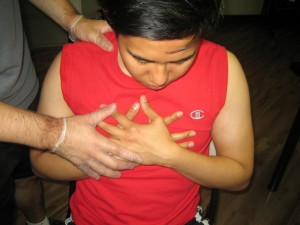Wheat allergy is an allergic response to foods that contain wheat. Allergic reactions are likely to occur after eating wheat as well as breathing in wheat flour. Generally, it is important to note that wheat can be found in various foods including beer, soy sauce and ketchup.
[youtube url=”https://www.youtube.com/watch?v=fSc3Ltoha0U” width=”220″]When it comes to wheat allergy, it develops when the immune system of the body reacts abnormally to the proteins found in wheat. When in direct contact with wheat, the body perceives the wheat as a threat and sends antibodies to eliminate it. Furthermore, the immune reaction triggers various symptoms where some can be dangerous.
Symptoms of wheat allergy
- At first, nasal congestion
- Hives, itchy rash or swelling of the skin
- Swelling, itching or irritation of the mouth or throat
- Headache
- Itchy and watery eyes
- In addition, difficulty breathing
Anaphylaxis which causes chest pain or tightness, dizziness or fainting, fast heartbeat, pale or bluish skin color and severe throat tightness. - Diarrhea
- Cramps, nausea or vomiting
- Lastly, anaphylaxis which causes chest pain or tightness, dizziness or fainting, fast heartbeat, pale or bluish skin color and severe throat tightness.
Causes
The body of an individual with wheat allergy will produce antibodies to the protein found in wheat and eventually trigger a reaction upon the next exposure. Every time the person eats any food that contains wheat, the immune system will attack it.
The proteins in wheat include albumin, globulin, gliadin and gluten which can all trigger an allergic reaction. Some individuals are only allergic to only one but others can be allergic to two or even more. In addition, wheat allergy tends to run in families.
Sources of wheat
- Semolina
- Pasta
- Couscous
- Beer
- Crackers
- Spelt
- Hydrolyzed vegetable protein
- Soy sauce
- Ketchup
- Meat products such as hot dogs or cold cuts
- Ice cream
- Natural flavorings
- Gelatinize starch
- Licorice
- Hard candies
- Vegetable gums
- Jelly beans
Treatment of wheat allergy
- If a child has wheat allergy, make sure that caregivers or baby sitters and the school are aware about the allergy and symptoms in case of exposure to the allergen. If the affected child has an on hand injectable epinephrine, school personnel should know how to administer a shot.
- Wear a medical identification bracelet that describes the allergy which is quite useful if the person experiences anaphylaxis and cannot communicate.
- Always read labels of food that are eaten. Do not assume that if a person is already used to a certain brand, it is always safe. Remember that ingredients can change.
- Look for specialty stores and supermarkets that sell gluten-free foods which are safe to eat by those who have wheat allergy.
- When eating in a restaurant, ask the server regarding the ingredients used in a particular dish being ordered. Avoid foods with hidden sources of wheat proteins such as deep-fried foods and sauces that can be cooked.
- Fresh fruits, vegetables, beans and unpacked meats are foods that do not contain wheat and beneficial for the condition.
- Grains that do not contain wheat include corn, rice, quinoa, rye, barley and oats. These are safe to eat those who have the allergy.
FACT CHECK
https://www.medicalnewstoday.com/articles/174405.php
https://www.mayoclinic.org/diseases-conditions/wheat-allergy/symptoms-causes/syc-20378897
https://acaai.org/allergies/types/food-allergies/types-food-allergy/wheat-gluten-allergy


